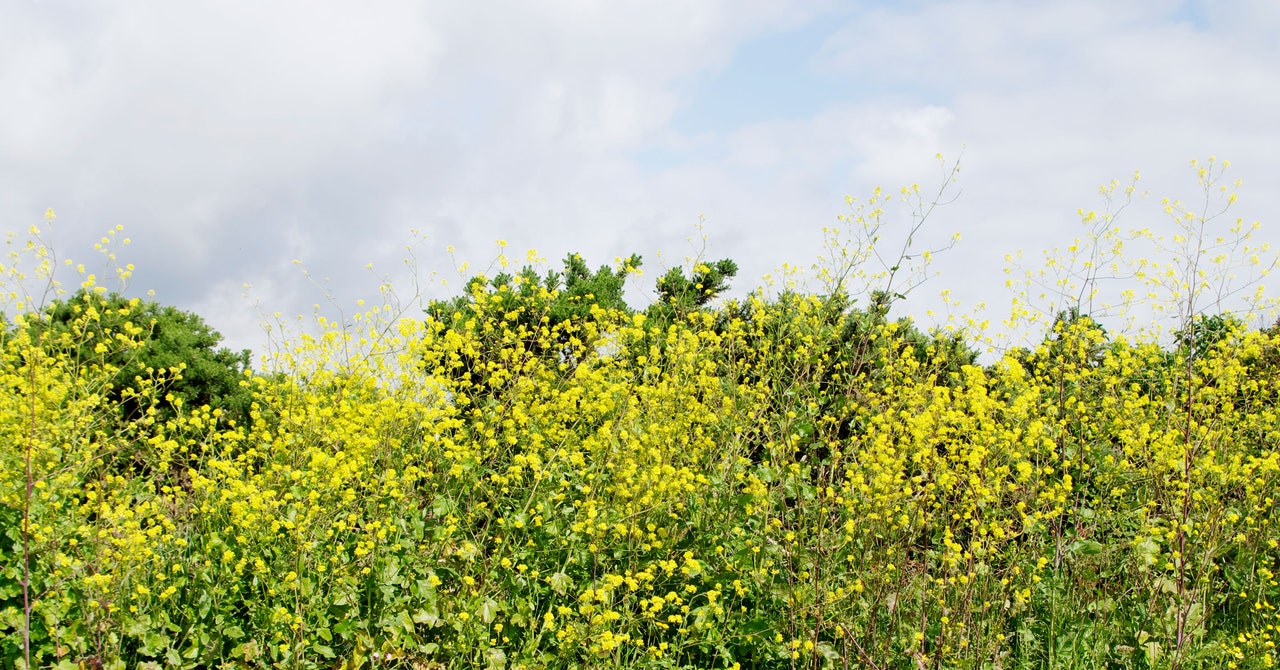
“There could also be wider ramifications,” he continues. “For example, pheromones are airborne odors produced by one insect to attract a mate of the same species, and, if pheromone communication is disrupted in a similar way, it could result in insects struggling to find mates, which could have ramifications for insect biodiversity.” In fact, a PhD project at the University of Reading is currently exploring how air pollution affects insect pheromones.
“The impact of diesel exhaust and ozone on insect pollinators and the overall service of pollination is poorly understood,” says Jaret Daniels, an associate professor of insect conservation and curator at the Florida Museum of Natural History, who was not involved with the study. But, he adds, it’s reasonable to surmise that pollution of all kinds—whether it’s from light, noise, or chemicals—affects pollinators in some ways.
Disrupting pollination, a “keystone service” for ecosystems and agriculture, with fossil-fuel-related emissions has the potential to affect climate resilience and food security in the future, according to Daniels. Studies like this are “particularly critical with a growing global population, and particularly important for a growing urban environment where pollution may be particularly elevated,” he says.
Mark Carroll, a research entomologist at the USDA’s Carl Hayden Bee Research Center, agrees that this study adds to the body of literature on air pollution and pollinators, but he says the bigger picture needs to be better understood. For example, he wonders whether the insects were indeed thwarted because they couldn’t properly smell the flowers. Instead, he suggests, maybe they were simply repelled by the pollution because it smelled bad to them.
Ryalls says their experiment controlled for this possibility by placing bright-yellow pan traps within each ring. (Pollinators are especially attracted to the color yellow.) Pan traps, which are used to reduce insect populations, usually contain either a sticky substance or drowning liquid, such as water or oil. In this case, the researchers used them to measure how many insects flew into each ring in the absence of floral cues. They found roughly the same number of captured pollinators in traps in each, leading them to conclude that the pollutants do not seem to affect general pollinator activity within each area or their physiological ability to fly into the ring. In other words, the rings and their pollutants didn’t seem to scare the insects away altogether—it just reduced their odds of actually alighting on flowers.
The Sonning farm experimental design essentially simulated a field next to a busy roadway, and Daniels and Carroll both say it would be good for future studies to try replicating these findings in different kinds of locations. “How this plays out when pollutants are constantly present on a widespread scale, such as in a smog-filled valley, should be of considerable interest,” Carroll says.
Ryalls says his team plans to do wider-scale tests, as well as “laboratory studies to pinpoint specific mechanisms of why some species or groups of insects are more affected than others.” But so far, he says, his work is already another data point showing the hazards of industrial emissions. “The negative effects of air pollutants on pollinators, even at relatively low levels, simply adds to the plethora of reasons why we should be transitioning away from fossil fuel consumption as fast as possible,” he says.
More Great WIRED Stories


